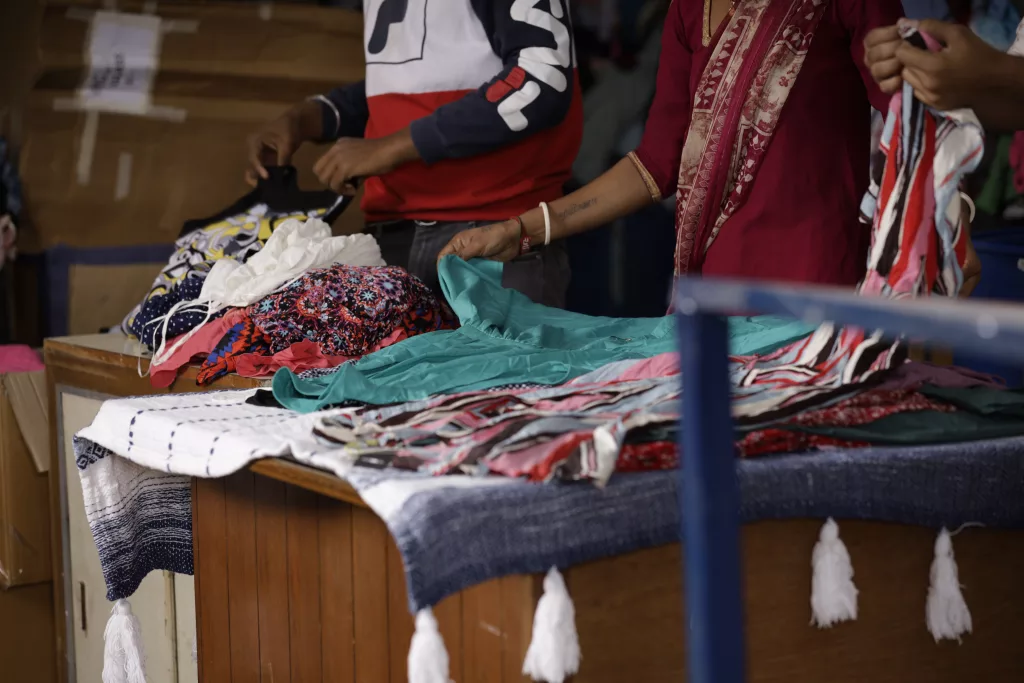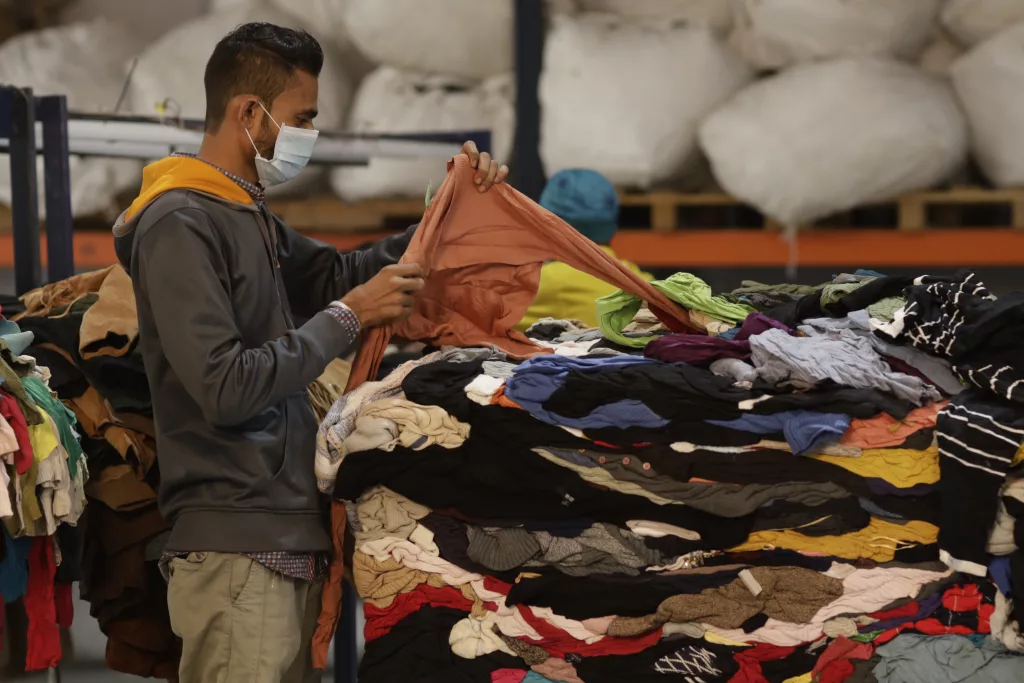In the ever-evolving world of sustainable fashion, second-hand clothing has found its spotlight, and within this niche, a fascinating system has emerged – the world of graded goods.
This intricate process involves the sorting, categorizing, and grading of used garments, creating a structured framework that guides buyers and sellers through the realm of pre-loved fashion.

Understanding Graded Goods
In simple terms, graded goods are second-hand clothing items that have undergone a meticulous grading process to assess their condition. This process serves as a comprehensive quality check, enabling both sellers and buyers to make informed decisions about the garments in question.
The key aim is to provide transparency regarding the wearability and overall quality of the items.
How are Graded Goods Ranked and Prioritized?
The grading process employs a systematic approach to evaluate the condition of each garment. Items are assigned grades or categories, ranging from pristine to those with visible signs of wear or minor defects. The criteria for grading encompass various factors such as fabric quality, colour fading, stains or tears, and the overall integrity of the garment.
Here are some commonly used grades in the second-hand clothing industry:
Grade A or Excellent/Like New: Items in almost new condition with minimal signs of wear. They may appear unworn and have no significant flaws.
Grade B or Good/Very Good: Items with moderate signs of wear but still in good condition. There might be slight fading, minor pilling, or small imperfections.
Grade C or Fair: Clothing with noticeable wear, fading, or defects. These items may still be functional but may require some repairs or alterations.
Grade D or Poor: Items in poor condition with significant wear, stains, tears, or other defects. They may be suitable for upcycling or used for fabric recycling.
Who Undertakes the Grading Process?
The grading process is done by dedicated graders operating in enormous facilities. These professionals purchase credential clothing and institutional clothing, sorting through an impressive 20 to 80 tons of clothing per day.
Their role is crucial in ensuring that each garment is accurately assessed and categorized, providing a foundation for transparent communication between sellers and buyers.
The Significance of Grading
Grading serves multiple purposes within the second-hand clothing industry. It facilitates clear communication about the condition of items, enabling buyers to select garments that align with their expectations.
Additionally, grading influences pricing, with higher grades often commanding higher prices. Graded second-hand clothing finds its way to consumers through various channels, including thrift stores, online marketplaces, and vintage shops.
Examples of Graded Goods
It’s important to note that the grading process varies based on the target market. Graders cater to different regions and each may adopt a unique approach. For instance, the grading standards for Africa differ from those for Eastern Europe. Despite these variations, graders commonly classify items into 70 or more categories, reflecting the diverse nature of the second-hand clothing market.
Graded goods are not just second-hand clothes; they are a testament to the meticulous process that ensures transparency, quality, and sustainability in the fashion industry.
As consumers increasingly seek eco-friendly alternatives, the world of graded goods stands as a shining example of how pre-loved fashion can be both stylish and conscientious.
Can you imagine a world where the textile industry is completely circular?
At Bank & Vogue, that is our vision. As a trusted broker in the used clothing industry, we help clients on both sides of the transaction. We work with both suppliers and retailers across the World to give used products a second life. Learn more about us here.







